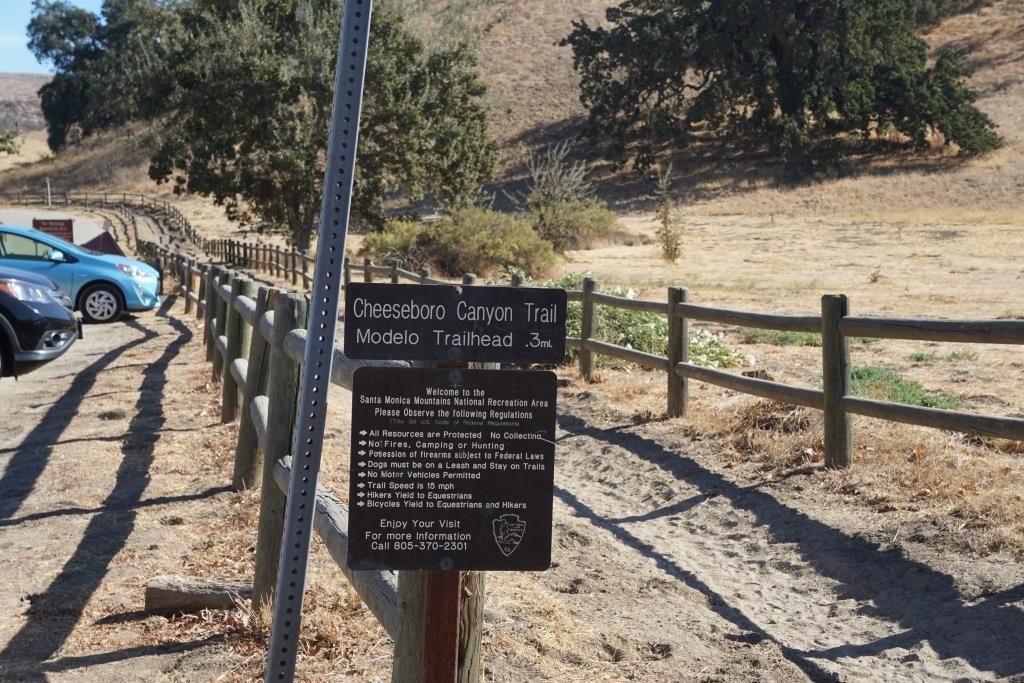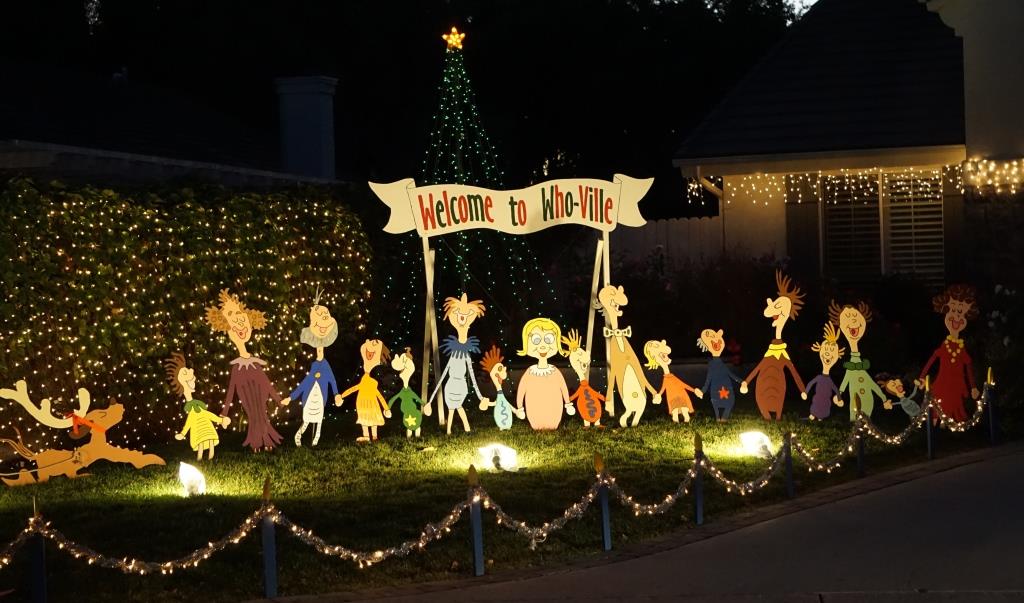The giant anteaters pups, like many of the animals at the Zoo, can be named by making a donation to the Santa Barbara Zoo. By naming the pups, sponsors also support the AZA giant anteater cooperative breeding program, and the goal of increased genetic diversity in North American zoos. For more information, contact the Zoo’s Development Department for details at 805-962-5339.
A total of 29 giant anteaters have now been born at the Santa Barbara Zoo since 1975. Prior to Anara and Ridley’s first litter in 2014, the last time a giant anteater was born here was in 2006.
The Zoo was a leader in an early nationwide study of giant anteaters, thanks in great part to Grandma, who had over 15 offspring. The average lifespan for this species is between 20 and 23 years of age, and Grandma lived to be 31 years old. She was the oldest giant anteater in captivity when she died in 2002.
Giant anteaters were once found from northern Argentina to southern Belize, in savannas, grasslands, swampy areas, and humid forests. They have since disappeared from Belize, Guatemala, and probably Costa Rica. In South America, they are also gone from Uruguay and portions of Brazil.
The Union for the Conservation of Nature (IUCN) estimates population loss of at least 30% over the past 10 years, and lists the species as “vulnerable.”
Giant anteaters have a body length of 3 to 4 feet with a tail that is an additional 2 to 3 feet, and weigh 40 to 85 pounds, though some captive anteaters have weighed more than 100 pounds.
This species uses powerful claws to rip apart termite and ant mounds, and an 18 to 24 inch tongue to eat termites, ants, and grubs. In the wild, giant anteaters may consume as many as 35,000 ants in a single day. At the Zoo, they eat a specially formulated insectivore diet, plus avocados, bananas, crickets, and worms. The avocados must be ripe because anteaters do not have teeth; they break open the skin with their long sharp claws.
Anteaters in the wild are solitary, except for females with young, and spend most of their days with their noses to the ground searching for food using exceptional senses of smell and hearing – their sense of smell is 40 times more powerful than a human’s.
Giant anteaters typically spend their first months of life clinging to their mother’s backs, where their black and gray stripes line up with those of the mother.
The Santa Barbara Zoo is open daily from 10 a.m. – 5 p.m.; general admission is $17 for adults, $13 for seniors aged 65+, $10 for children 2-12, and children under 2 are free. Parking is $7 weekdays, $10 on Saturdays and Sundays. Visit www.sbzoo.org.
Known as one of the world’s most beautiful zoos, the Santa Barbara Zoo is located on 30 acres of botanic gardens and is home to nearly 500 individual animals in open, naturalistic habitats. It is accredited by the Association of Zoos & Aquariums (AZA), representing the highest level of animal care, and participates in AZA endangered species programs for Asian elephant, California condor, Channel Island fox, and Western lowland gorilla, among others. A private 501(c)(3) nonprofit corporation, the Santa Barbara Zoo depends on community support, not tax dollars, for operations and improvements.























